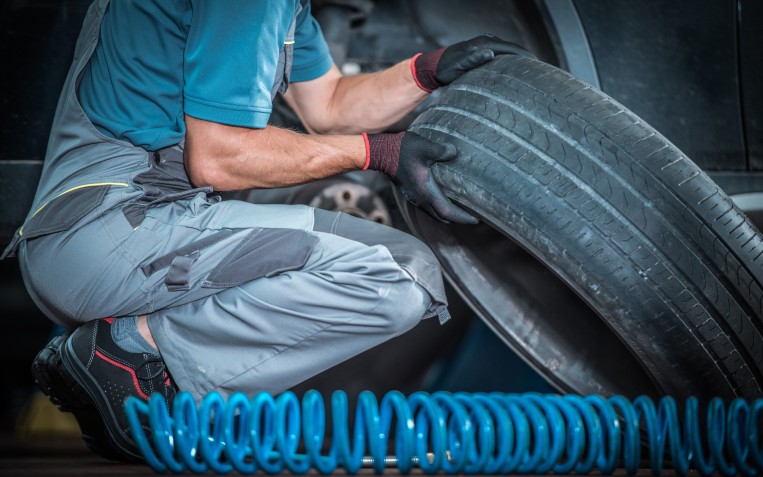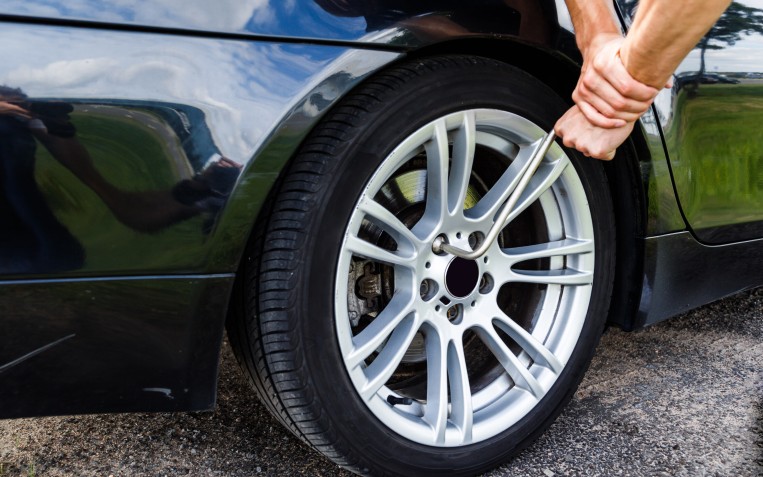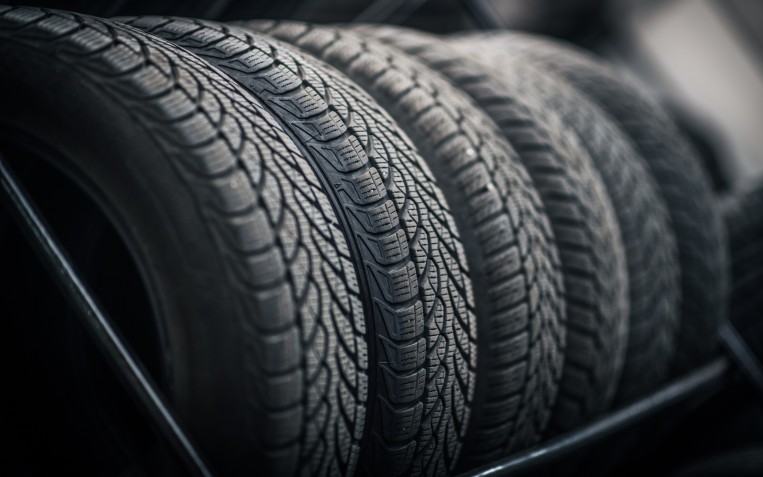Tyre Size Guide

Understanding tyre size
Understanding the size of your tyre can be confusing. Typically, you can find the correct tyre size for your vehicle using the registration number with certain suppliers. You can also locate the tyre size range for your car in the fuel filler door, the vehicle handbook or sometimes it appears in the glovebox as a diagram – though this can vary with used cars. If in doubt, we recommend checking with your manufacturer or a tyre specialist.
If you are looking to replace a tyre or simply want to be aware of what the collection of numbers and symbols on your tyres mean – our easy-to-follow guide has you covered.
Tyre sidewall markings
On the tyre sidewall, you will typically find:
- Tyre pattern name
- Tyre wear indicator
- Tyre construction
- Maximum load pressure
- Tyre brand
- Tyre size
- Load index
- Speed index/rating
The three most important things you will need to know are the size, speed rating and load index.
Tyre Size
The size and dimensions of the tyre are clearly printed on the sidewall and look like a string of numbers such as –
205/55/R18 105V
- The beginning numbers ‘205’ refers to the width of the tyres in millimetres
- The middle numbers indicate the tyres sidewall height in relation to the tyre width as a percentage e.g. 55%
- The letter ‘R’ identifies that the tyre is of radial construction
- The set of numbers after the ‘R’ is the rim diameter measured in inches
- The last set of numbers ‘105’ refer to the maximum load capacity of the tyre, otherwise known as the load index
- The final letter of the sequence refers to the maximum speed of the tyre, known as the speed index or rating
Speed Rating
The speed rating or speed index indicates the maximum speed of the tyre at full load. It is relevant when choosing a tyre as the tyre’s speed capability must be equivalent to the highest speed of the car.

Load Index
The load index rating refers to the maximum load a tyre can carry. It is calculated from the maximum permissible axle load range between two tyres. If a tyre has a maximum load capacity of 105 then the tyre can carry 925kg.

Common tyre sizes
The most common tyre sizes include 175, 185, 195 and 205. The width of the tyre is measured in steps of 10 and ranges from 125mm to 335mm.
Why is it important to get the right size tyres?
Though it can be tempting to purchase a lower speed rated tyre in order to cut the cost of your tyres, when referring to longevity, heat resistance and wear, it is vital to stick with your recommended rating in order to remain safe. You may also invalidate your car insurance if the incorrectly specified tyres are fitted.
For more information on tyre sidewall markings, visit your local PTA Garage Services branch or contact one of our friendly tyre specialists who will be happy to help.
Related Content

What do different tyre tread patterns mean?
The tyre tread is the part of your tyre that makes direct contact with the surface of the road. Tyres have different types of tread patterns that can influence tyre wear, noise level, fuel consumption rate, driving comfort and handling traction &ndas...

How to change a tyre
Knowing how to change a tyre is an essential skill - even if you never want to use it! You can save both time and money by learning how to change your...

Summer vs all-season tyres
Naturally, the changing seasons will affect your tyres and should be changed according to suit. Your vehicle will benefit from having tyres that are s...

